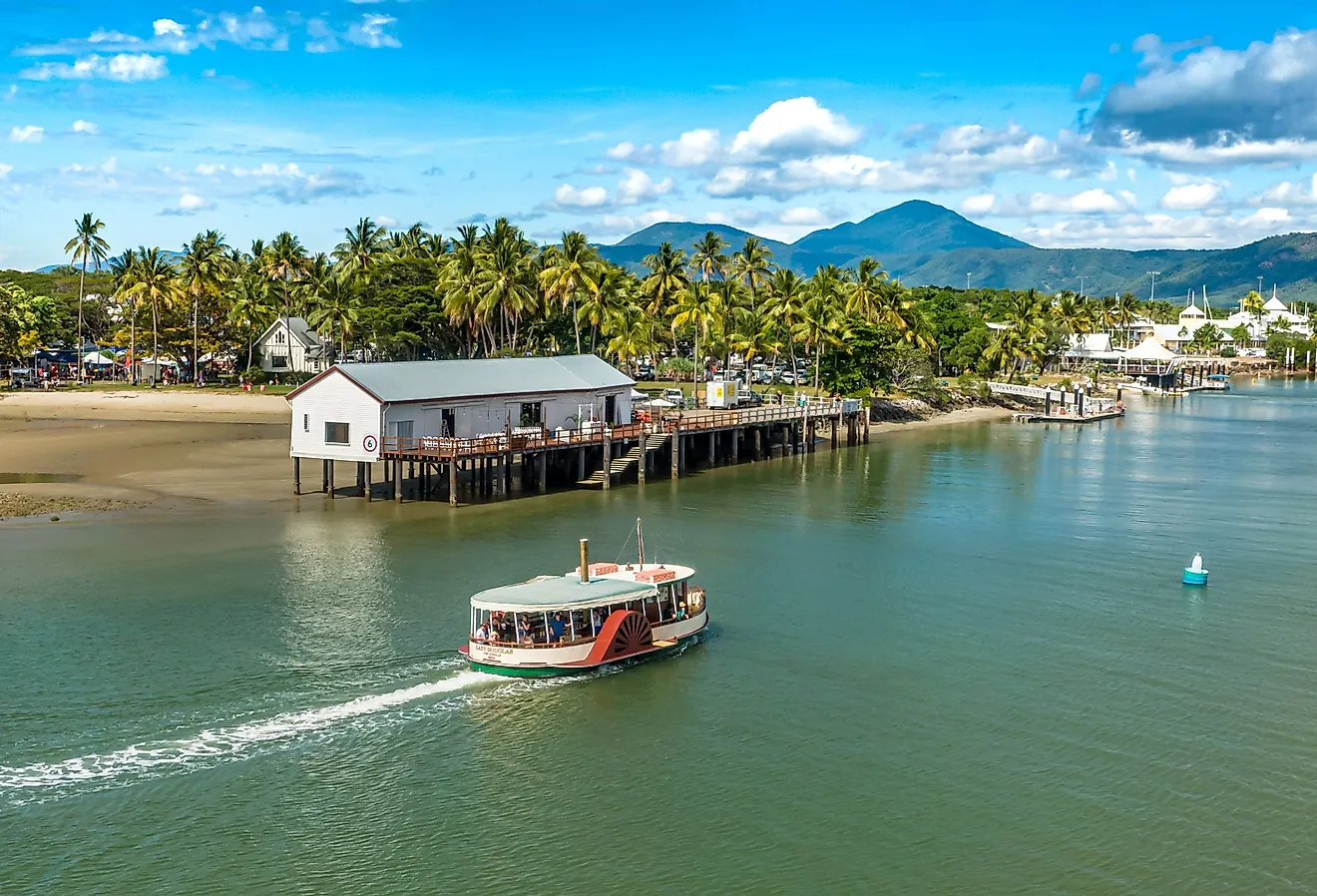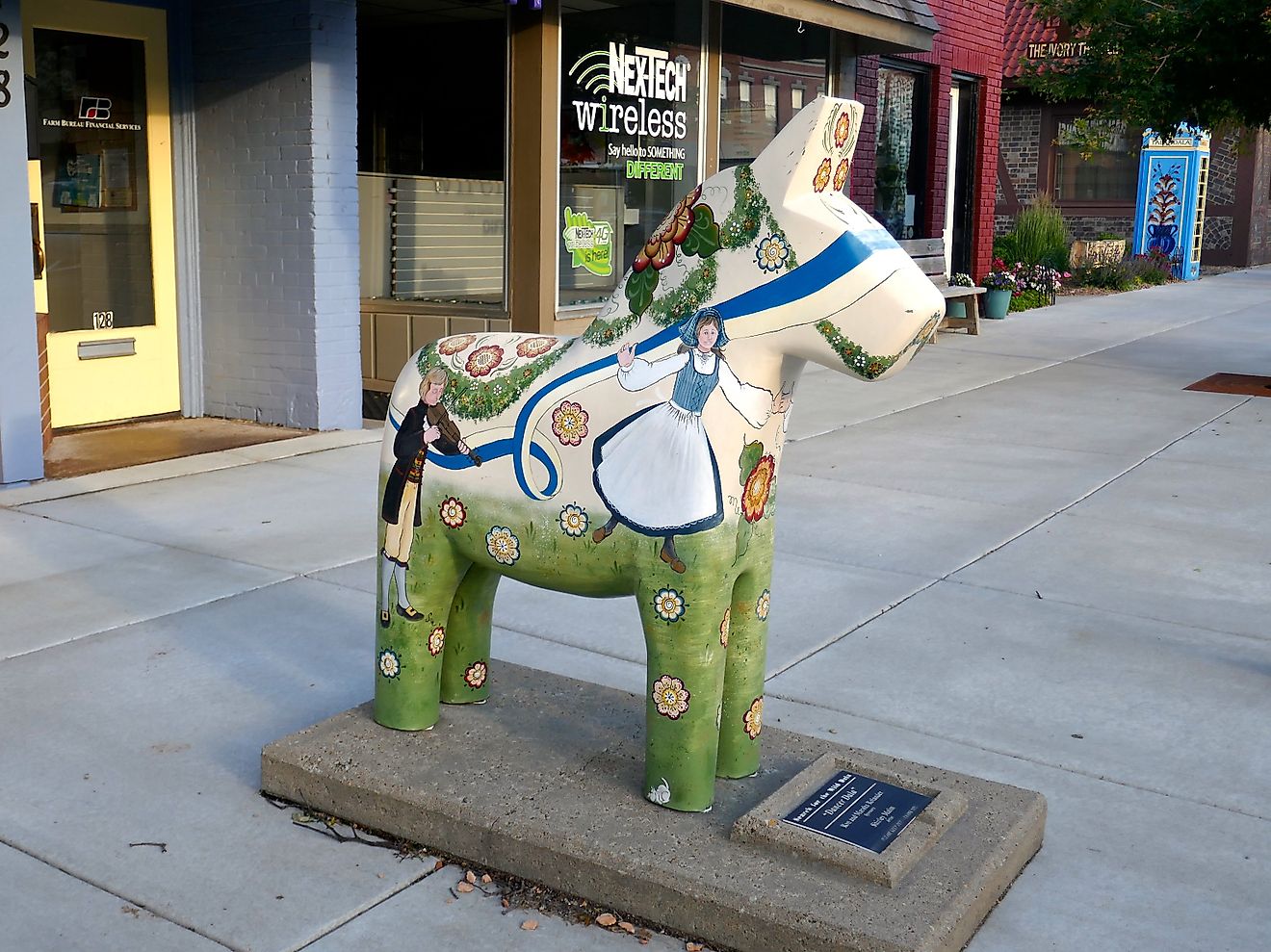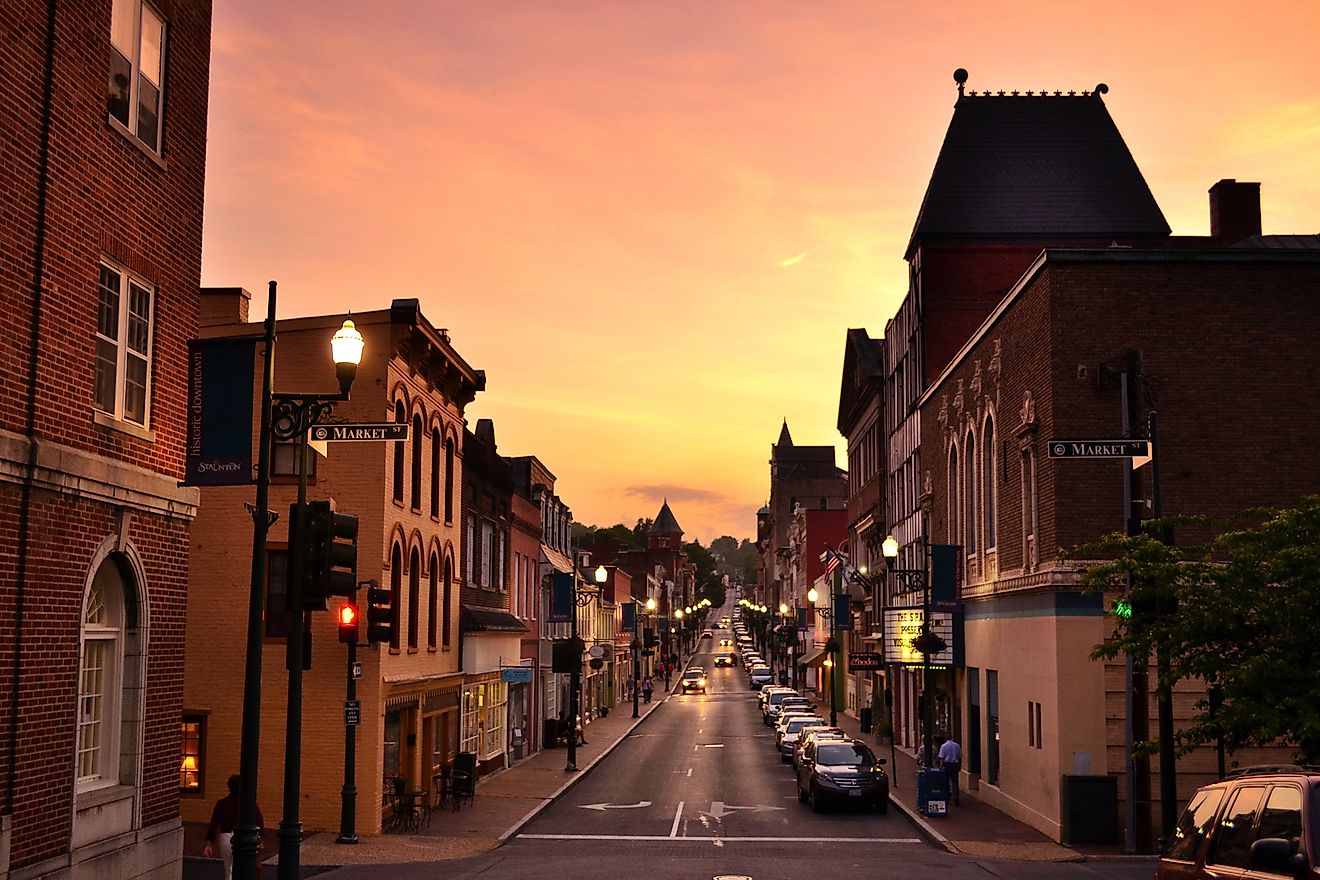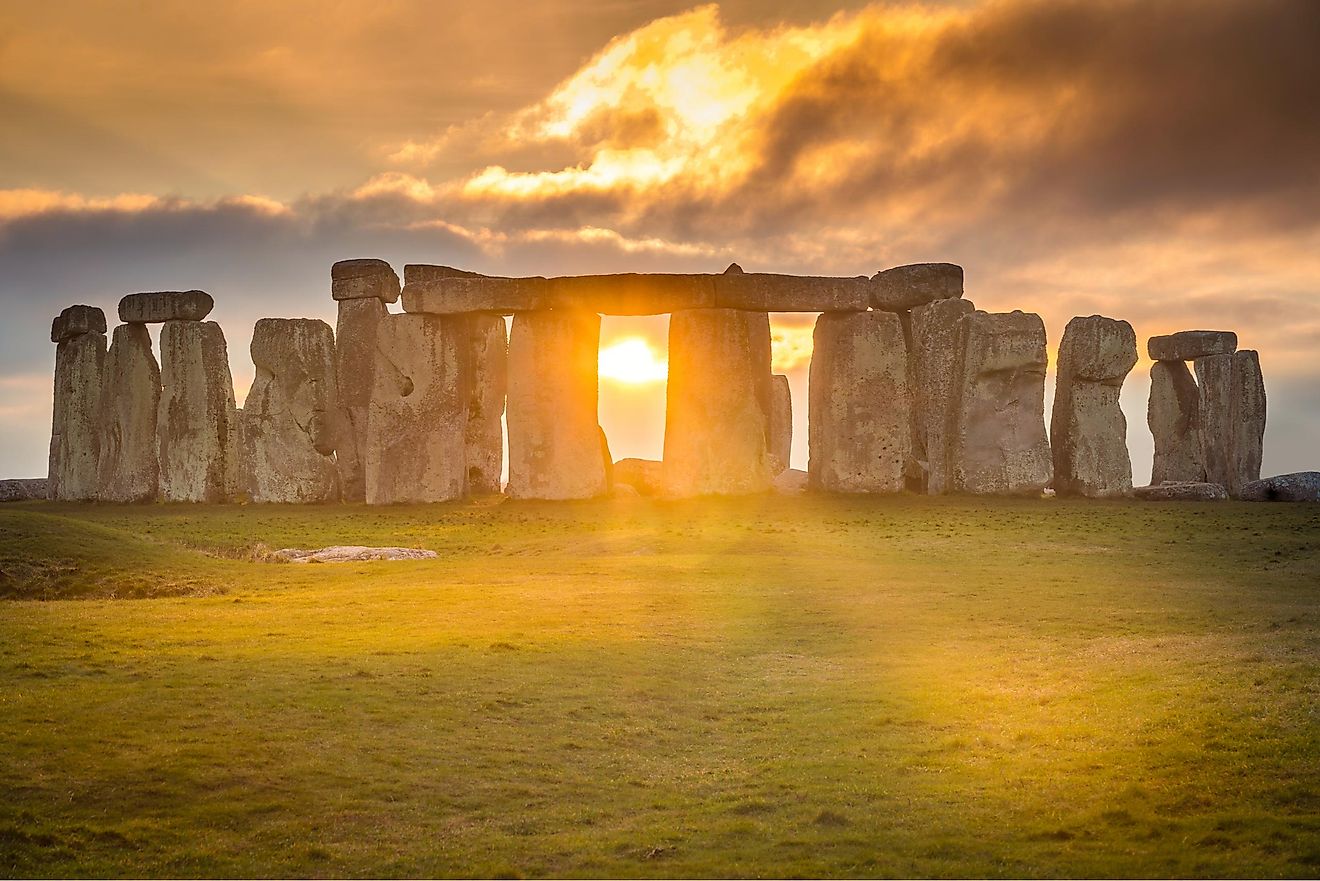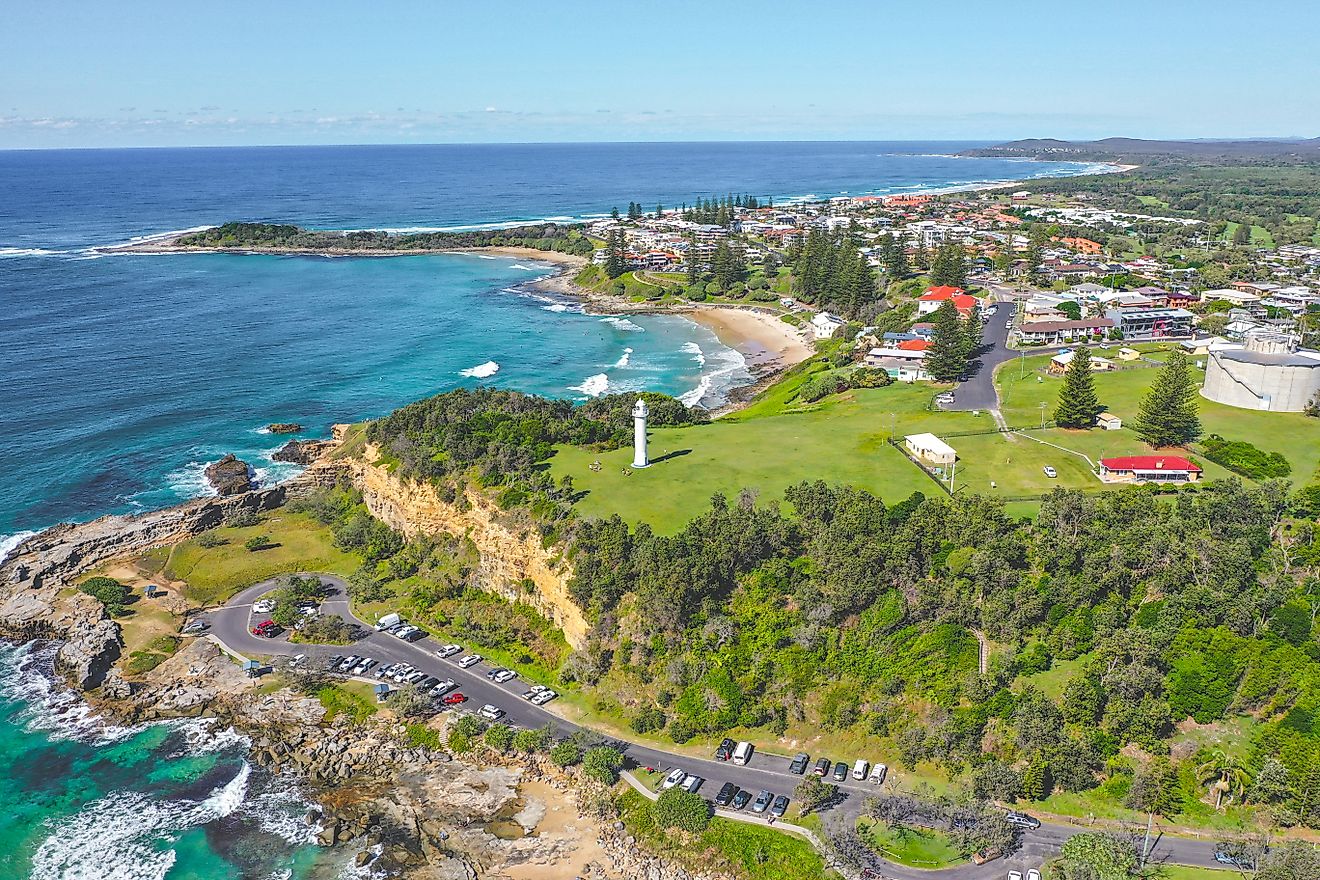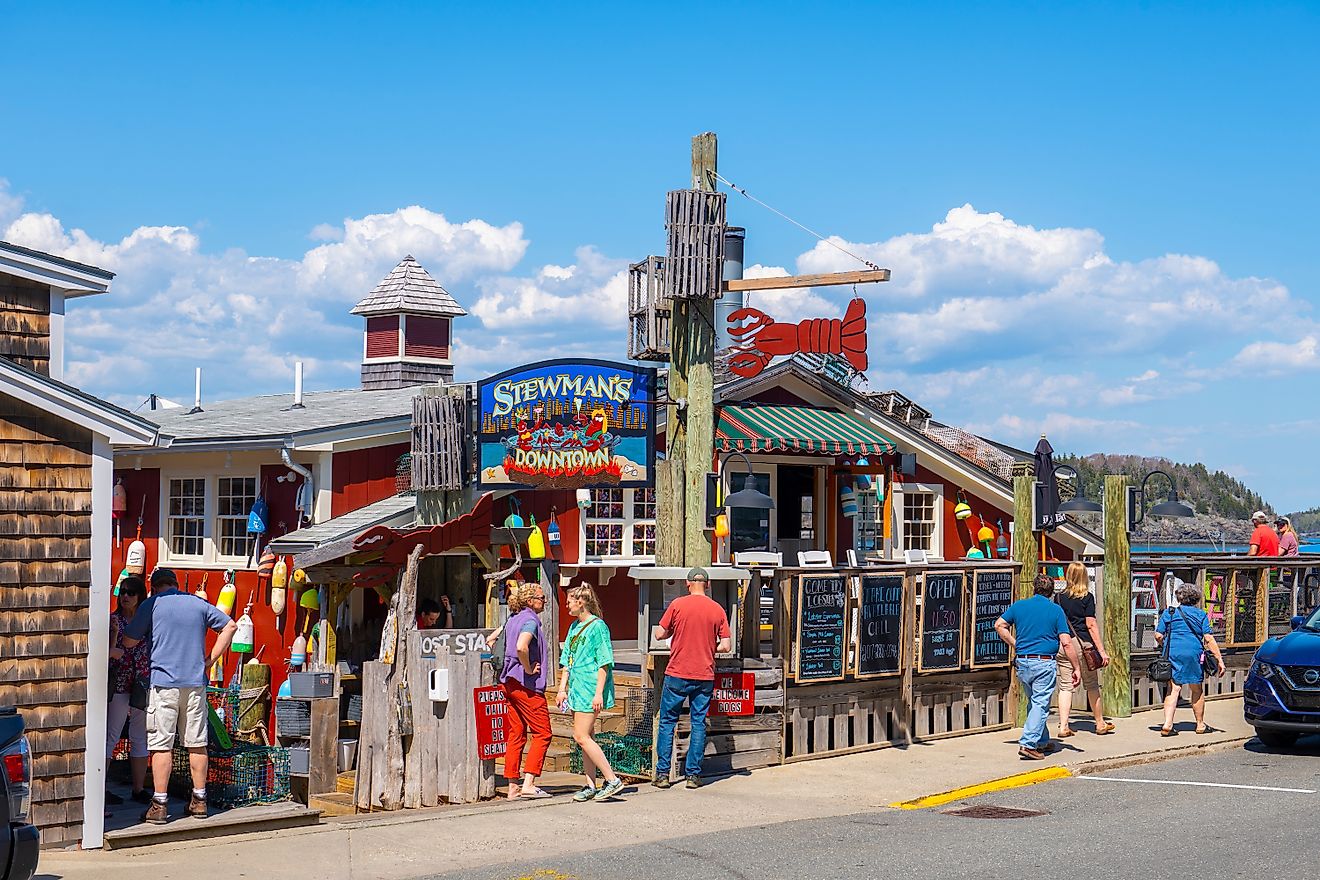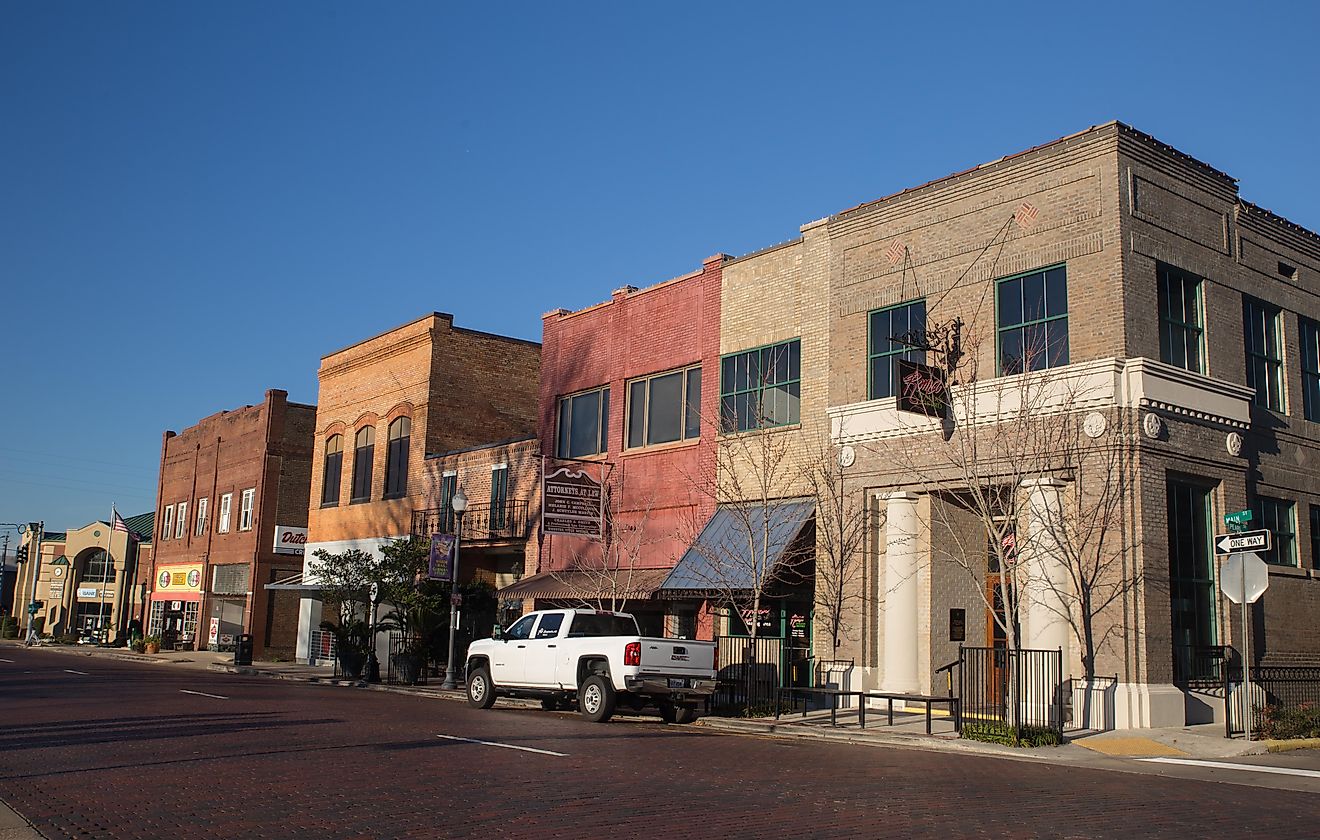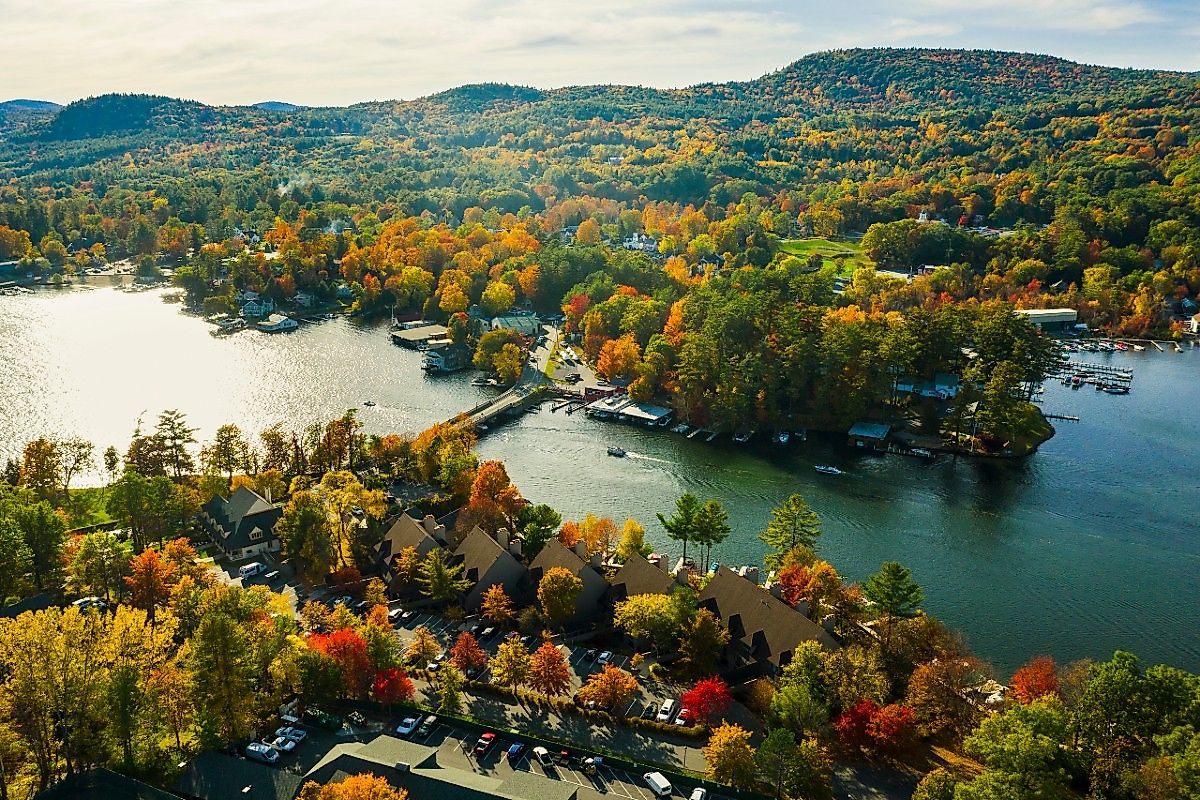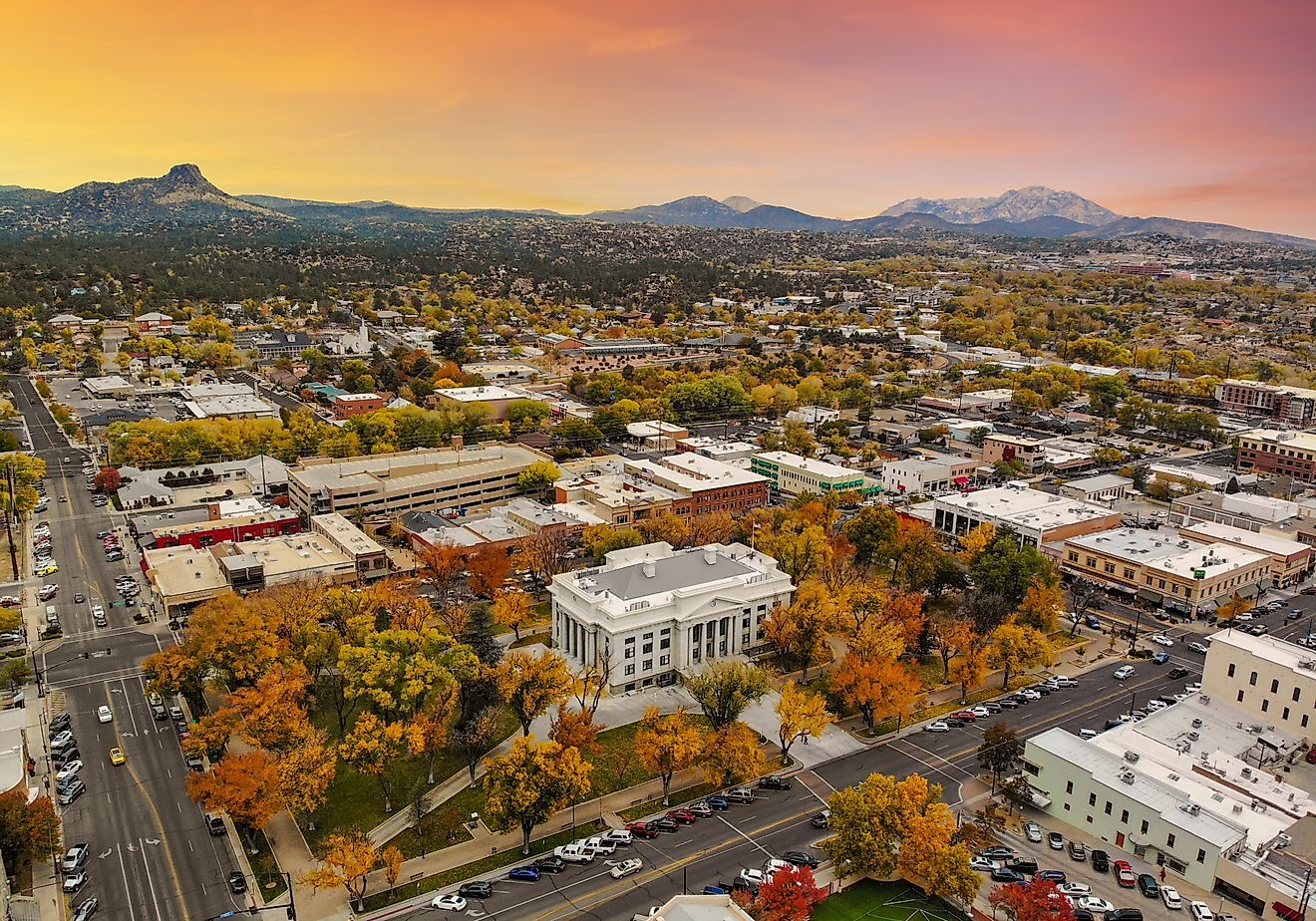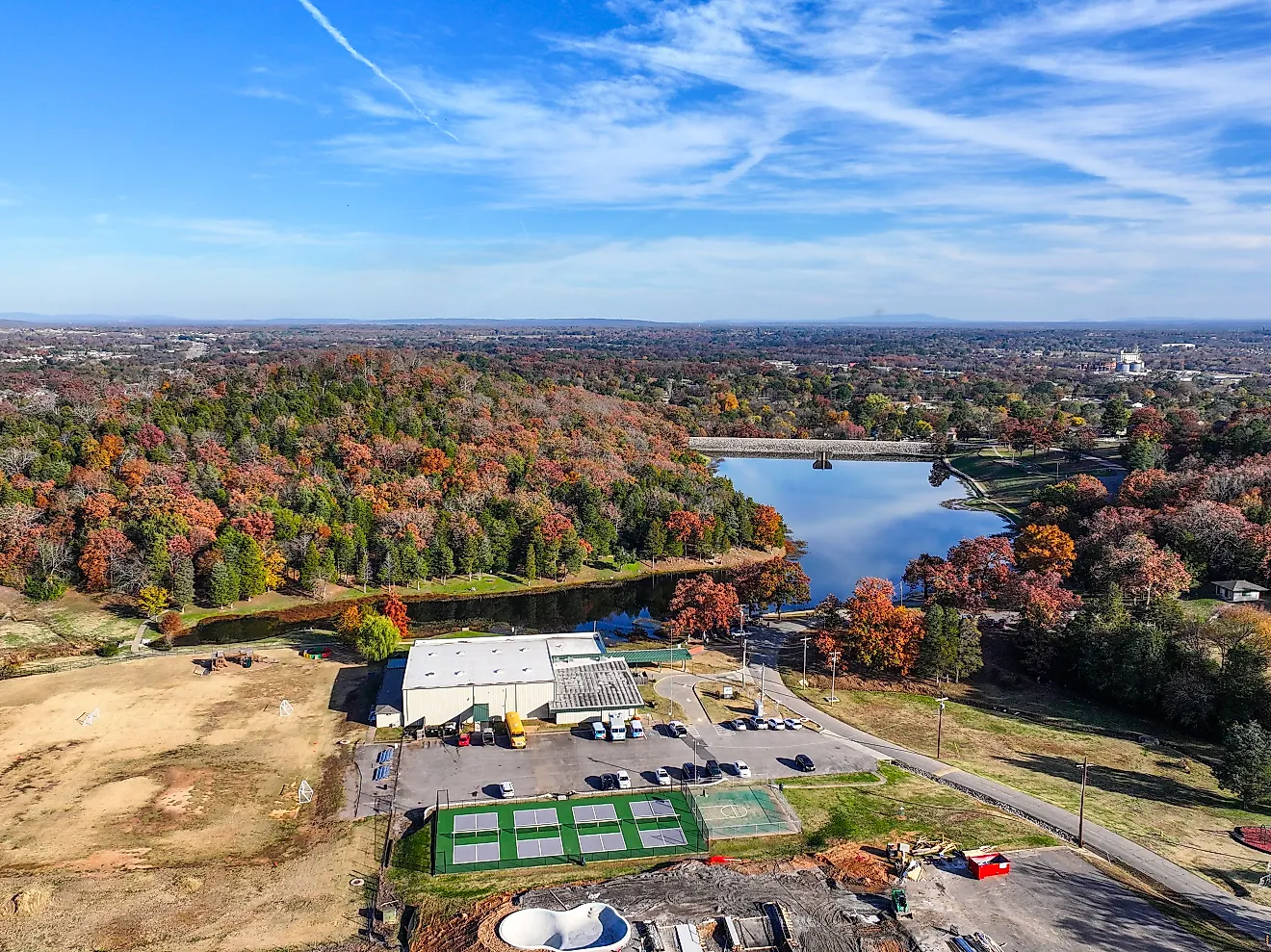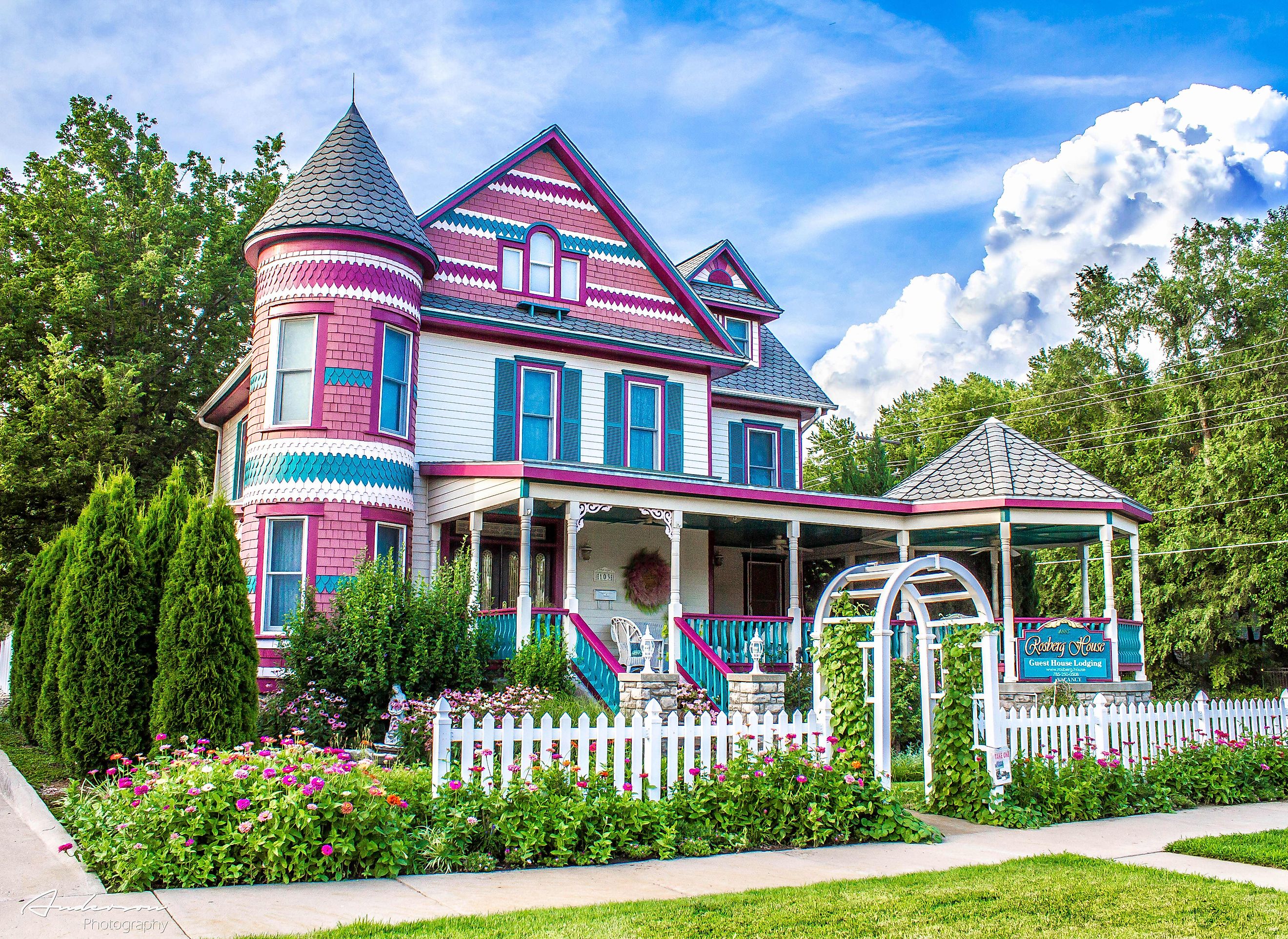
The Most Charming River Towns In Kansas
Sure, you’re already aware that Kansas is famous for its vast prairies and countless farms. But there’s a whole other side to the Sunflower State that you maybe didn’t know about, which is its deep connection to some of the Midwest’s most important waterways.
The rivers that flow through Kansas have been lifelines for settlement and commerce for centuries. Rivers like the Arkansas, Smoky Hill, Neosho, Cottonwood, and Chikaskia all carved paths through the prairies that Native Americans followed for centuries. Later, these same waterways guided pioneers westward and provided power for mills, creating ideal locations for something else you may not have been aware of: Kansas is home to some of the country’s most appealing river towns.
Council Grove
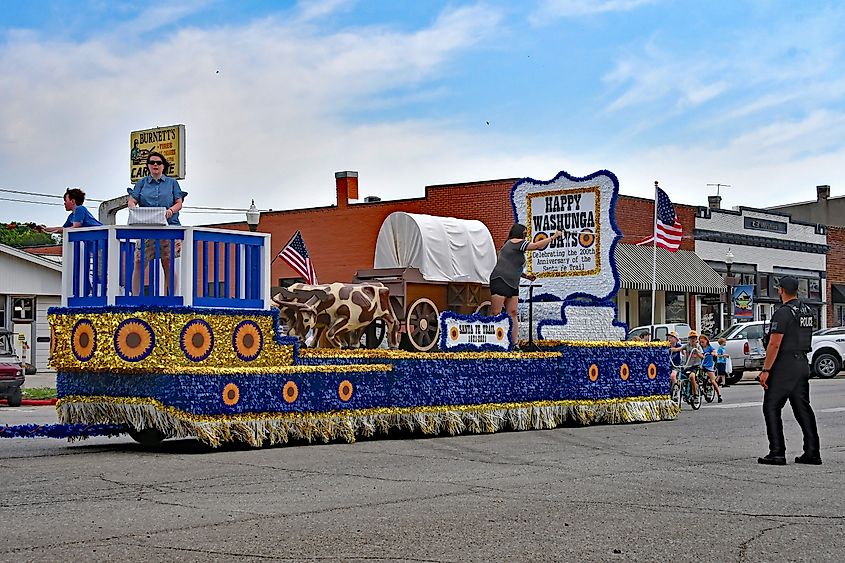
Located in the Flint Hills along the Neosho River, Council Grove was named in 1825 when US Commissioners met with the Great and Little Osage Indians beneath a tree that would later become famous as the "Council Oak." Their purpose? To sign an important agreement securing the right-of-way for travelers along the famed Santa Fe Trail, at the same time cementing the town’s place in the history of the West.
As the last supply point for wagon trains heading westward along the trail, it’s no great surprise to learn that Council Grove proudly boasts other nationally recognized historic sites. The Council Oak itself is one of the most notable, its storm-damaged stump now protected under a canopy. The Neosho River crossing, marked by a pedestrian bridge today, was the most documented river crossing on the entire Santa Fe Trail and can be enjoyed by strolling the Neosho Riverwalk. The historic Council Grove Trail Trolley is also available for booking and custom tours, and promises a unique experience.
Cottonwood Falls

Charming Cottonwood Falls sits on the south side of the Cottonwood River in the scenic Flint Hills region of Kansas. Despite its small size (its population is just shy of 1000), this tight-knit community packs several must-see attractions into its three-block Broadway Street. Start at the historic 1914 Cottonwood River Bridge, now for pedestrians only, and enjoy the views over the falls or cast a line and fish with the locals. From here it’s just a short stroll past the Chase County Courthouse, built in 1873 in French Renaissance style and the oldest still operating courthouse to the west of the Mississippi River.
The historic downtown district is also home to the Chase County Historical Museum with exhibits that include a schoolhouse and a dentist's office, as well as cowboy, military, and Victorian memorabilia and artifacts. Just north of town, visitors can explore the Tallgrass Prairie National Preserve, featuring historic limestone buildings and hiking trails through unspoiled prairie landscape. The Grand Central Hotel, opened in 1884, provides upscale accommodations with views of both the courthouse and the river.
Leavenworth
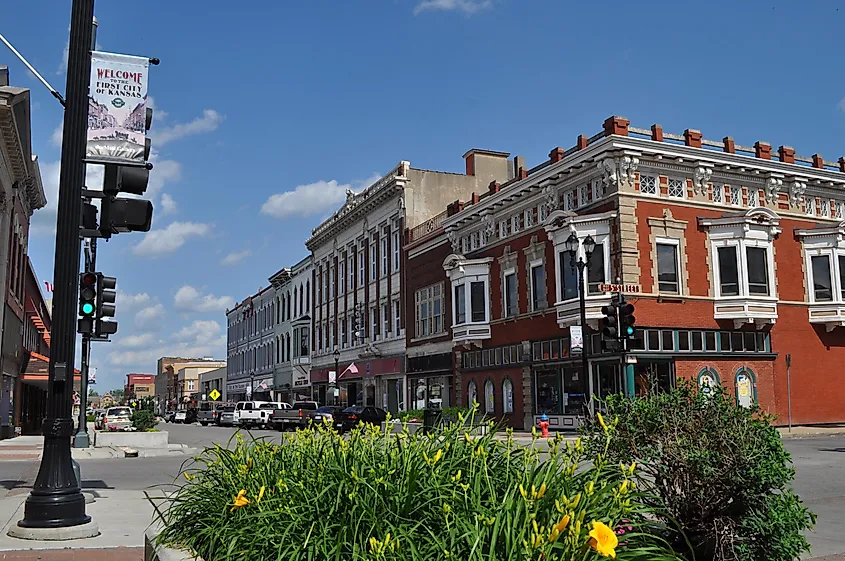
Founded in 1854, Leavenworth was once known as the "Gateway to the West" for its strategic location on the western bank of the Missouri River. Originally a French trading post, this historic river town boasts many surviving examples of early architecture, including dozens of Victorian-era structures like the Carroll Mansion and commercial buildings spread across North Broadway, Downtown, and the Leavenworth Historic Industrial District.
All bear witness to the town’s rich connection with the Missouri River, especially around Leavenworth Landing Park. The park’s pleasant quarter-mile parkway features superb views over the river with interesting interpretive signage about the town's riverboat and railroad heritage. Three-Mile Creek Trail is another good option for a stroll and connects the riverfront to downtown, providing excellent biking and walking opportunities.
Fort Leavenworth, established in 1827 and the oldest active military installation west of the Mississippi, is a must-visit. Here you’ll find the Frontier Army Museum, which portrays western expansion from Lewis and Clark through to the present day.
Atchison

The charming town of Atchison sits on a dramatic bend of the Missouri River in northeastern Kansas and makes for an ideal day trip or weekend retreat from Kansas City, an hour to the south. Incorporated in 1858 and the original eastern terminus of the Atchison, Topeka and Santa Fe Railway, the town was also a major steamboat landing that once rivalled Kansas City with several steamboats arriving daily at its levee.
The area was originally inhabited by the Kanza People and is connected to the famous Lewis and Clark Expedition, established to explore the territories America had gained under the Louisiana Purchase. The location of the explorers’ original riverside campsite can be visited at the Independence Creek Lewis and Clark Historical Site, which features a replica Kanza earthlodge and a hiking and biking trail that connects the site to the Atchison Riverfront. You can find out more about this pivotal event at the Santa Fe Depot, home to the Atchison County Historical Museum.
Manhattan
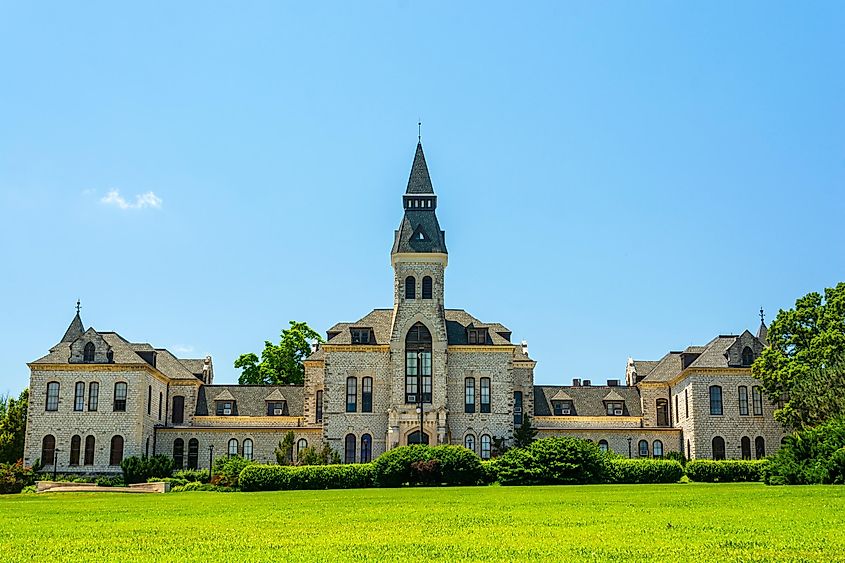
Manhattan’s location at the junction of the Kansas River and Big Blue River in the scenic Flint Hills is undoubtedly one of the most attractive in Kansas. Founded in 1855, it’s affectionately known as "the Little Apple" (a nod to its namesake in New York) and has earned a solid reputation as one of the state’s leading college towns, thanks to Kansas State University.
Its floodplain setting certainly adds to its alure, with attractions like the Manhattan River Trail providing excellent opportunities for hiking and biking through wooded areas along the river. Tuttle Creek Reservoir, created by damming the Big Blue River just north of town, is popular for its boating, fishing, and camping adventures. Another great excuse to get on the water comes courtesy of the Kansas River Trail. This 173-mile route follows the river right through Manhattan and is popular for kayaking.
Lindsborg

Known for its European heritage, Lindsborg sits along the Smoky Hill River and was founded by Swedish immigrants in 1869. Dubbed “Little Sweden USA” for its unique slice of culture, downtown Lindsborg is where you’ll most likely feel that you’re back in Scandinavia. The biggest clue is the presence of colorfully painted Dala horses that have become the town's symbol, along with the Birger Sandzén Memorial Gallery, with its large collection of art by the renowned Swedish-American artist who called Lindsborg home.
Try to visit during the biennial Svensk Hyllningsfest, a fun-filled festival featuring folk dancing, traditional music, and a true Smörgåsbord with Swedish foods such as lutfisk (dried fish). Be sure to allow time to explore the Smoky Hill River itself. In addition to fishing, boating, canoeing, and camping, you’ll find Coronado Heights rising 300 feet above the river valley. It’s also home to Coronado Heights Castle, which marks the spot where Spaniard Francisco Vasquez de Coronado is believed to have ended his quest for gold and boasts magnificent views of the Smoky Hill River valley.
Arkansas City
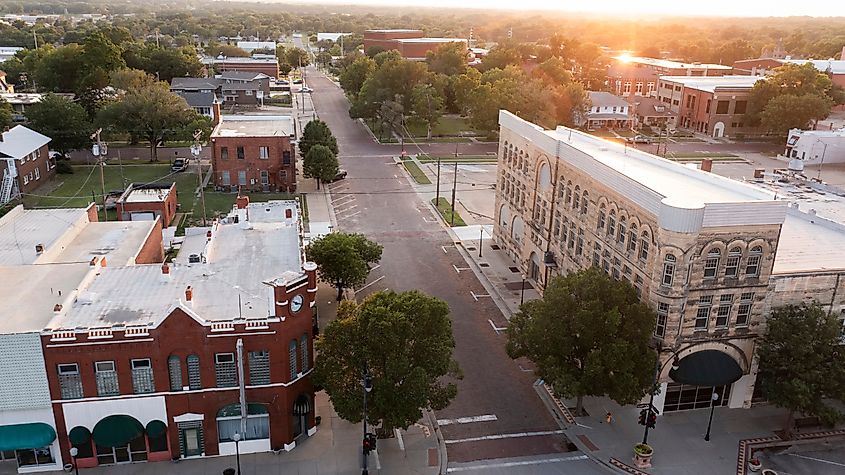
Last on this list (but by no means least), the charming river town that is Arkansas City is situated along the northern bank of the Arkansas River at its confluence with the Walnut River, just four miles north of the Oklahoma border. Known to locals as “Ark City,” it served as the starting point for the Cherokee Strip Land Rush of 1893. The fascinating Cherokee Strip Land Rush Museum with its artefacts and displays provides a great deal of info about the event and its repercussions.
Need an excuse to visit? While the historic Burford Theatre hosts events throughout the year, the Arkalalah festival is the main event. Celebrated annually since 1928, Arkalalah is a unique twist on the traditional American fall fair. Held in late October, it features marching bands, parades, and a fun carnival. You’ll also want to factor in some fun activities along the Arkansas River, whether it be fishing or kayaking.
The Final Word
There’s no denying that the most charming river towns in Kansas are not only scenic places to visit, but they’re also hotbeds of classic Midwest hospitality. Together, these communities tell fascinating tales of the Santa Fe Trail and the state’s early steamboat era when rivers brought new settlers to build homes and businesses along the riverbanks. Once navigated by Native Americans, explorers, and pioneers, these rivers and the towns that grew up on their banks now lure curious travelers eager for an authentic taste of old Kansas.
